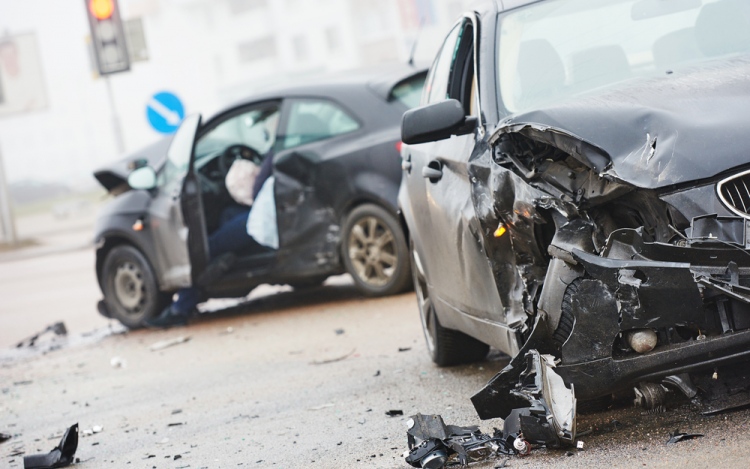Many companies are quite aware of occupational hazards, and they try to provide as much safety features as they can for their workers. They may offer protective gear for workers to wear, and strict security and safety protocols may be enacted. Sadly, such commitment to lone worker safety isn’t universal. There are companies that try to cut costs by not hiring enough workers, and so sometimes workers end up working alone with no backup.
It’s dangerous to work alone. That’s a fact, no matter if you may think that your workplace setting is generally benign. Here are some of the possible risks that a solitary work can face.
1. This is one of the most common fears of people working alone, especially when they have to interact with the public on a regular basis. Cabbies and food delivery workers can be attacked by robbers who know they have lots of ready cash. Nurses and even doctors can be targeted in a hospital when they’re alone. Teachers in high school are especially at risk from volatile students.
2. Verbal abuse. While physical assaults are worse, a constant barrage of verbal abuse can be emotionally scarring. Threats of physical violence are also terrible. If your workers are subjected to this kind of assault, they must have a way to quickly and discreetly call for help. Shouting and cursing can easily lead to physical altercations.
3. Car accidents. A worker may be alone because they’re driving around a lot. Many companies have found that drivers, especially for long trips, should have a companion so that they don’t fall asleep at the wheel. They can also take turns driving to keep fatigue issues at bay. Driving alone is dangerous, and that’s especially true for women who may be attacked in a dark parking lot. It’s also much more difficult to deal with car emergencies when you’re alone as well.
4. Animal attacks. People who deliver letters, packages, and food are often subjected to this kind of threat. The image of a dog chasing a postal worker may be funny, but it’s not really amusing for a delivery personnel.
5. Trips and falls. This is one of the common causes of accidents in the workplace. The problem here is that if the worker is seriously injured and couldn’t move, then calling for help can be a problem. While smartphones can help, they’re not always reliable. What if the worker stuck their head and falls unconscious? Then the emergency assistance won’t be forthcoming.
6. Falling objects. While you may think that such accidents can only occur in places like construction sites, it’s not actually true. It happens in many shops when an object can just fall on a person’s head. This can lead to serious injuries, and again an unconscious person may not be able to ask for help through the phone.
7. Gas leaks. A worker can become prey to various types of gas inhalation that may leave them disoriented. They may even fall unconscious as a result. That’s why you need a way to detect the movements of your workers, so that if they do encounter this problem then a monitoring team can note when a worker has stayed in place for too long.
8. Medical emergencies. Not everyone is fit and healthy all the time. People can suddenly experience various medical conditions, from allergic reactions and asthma attacks to heart attacks and strokes. These can leave your worker unable to use a smartphone to ask for emergency assistance, and the help they need may arrive too late.
If you can’t help but have a worker work alone, you need to make sure that they can get the assistance they need quickly whenever they need it. What each of your workers must know is that they’re never actually alone—that you and a monitoring team are watching over them to make sure they’re safe.




